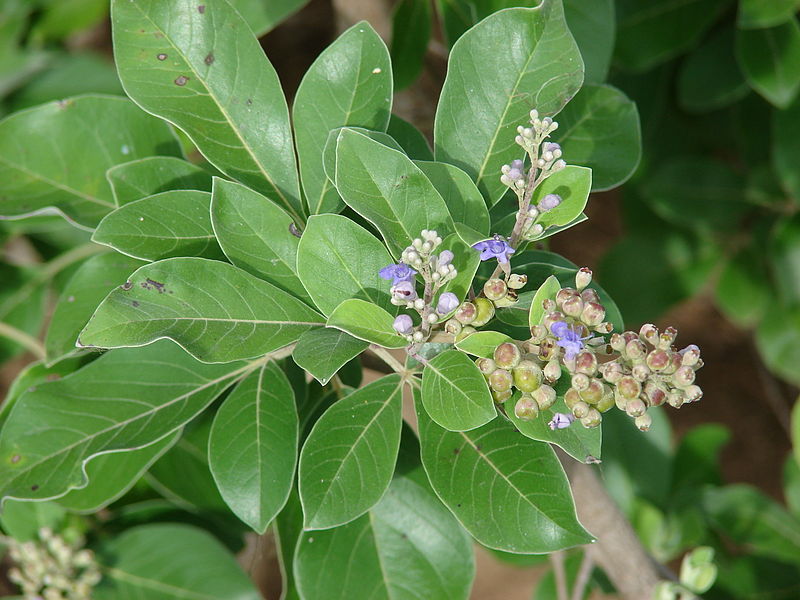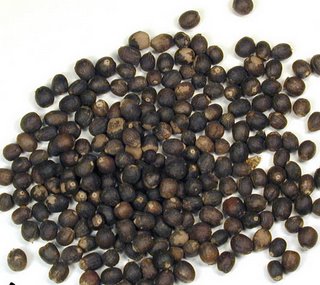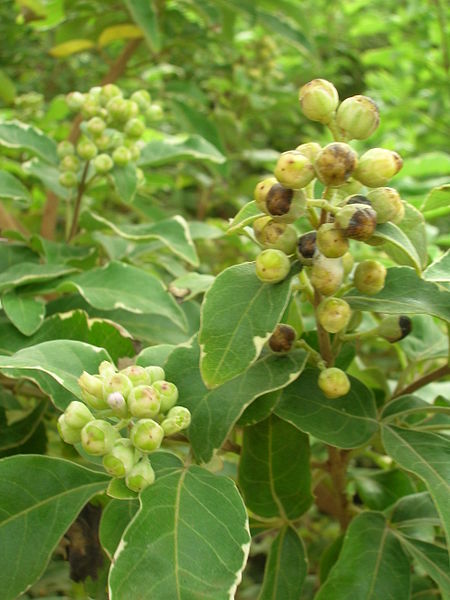Antipyretic.[1] Analgesic.[1,2].
Sedative.[1]
- Headache and dizziness due to Wind Heat, use with
Chrysanthemum
morifolium- Ju hua,
Cryptotympana
pustulata- Chan tui,
Tribulus terrestris-
Bai ji li.
[3]
- Externally contracted headache and generalized body, back and shoudler pain
due to Wind Damp, use with
Ligusticum chuanxiong-
Chuan xiong,
Ledebouriella divaricata-
Fang feng, and
Gentiana macrophylla-
Qin jiao.
[3]
- Eye disease, tinnitus, dizziness, and deafness due to deficiency, use with
Panax
ginseng- Ren shen, and
Astragalus~propinquus.htm-
Huang qi.
[3] [1] A Complete English Dictionary
of Medicinal Terms in Chinese Acupuncture and Herbalism 1981- Henry Lu Chinese
Foundations of Natural Health- The Academy of Oriental Heritage, Vancouver,
Canada.
[2] Translation notes from Gary Seiford and Hocu Huhn- NSW College of Natural
Therapies. Sydney Australia (1982).
[3] Chinese Herbal Medicine Materia Medica- Dan Bensky and Andrew Gamble- Eastland
Press 1986 Seattle Washington ISBN 0-939616-15-7
Images
1.
commons.wikimedia.org
by
Forest & Kim Starr Creative
Commons Attribution 3.0 Unported
2.
omdhanvantarinamaha.blogspot.com.au
by Forest & Kim Starr Creative Commons Attribution 3.0 Unported
3.
commons.wikimedia.org
by
Forest & Kim Starr Creative
Commons Attribution 3.0 Unported



